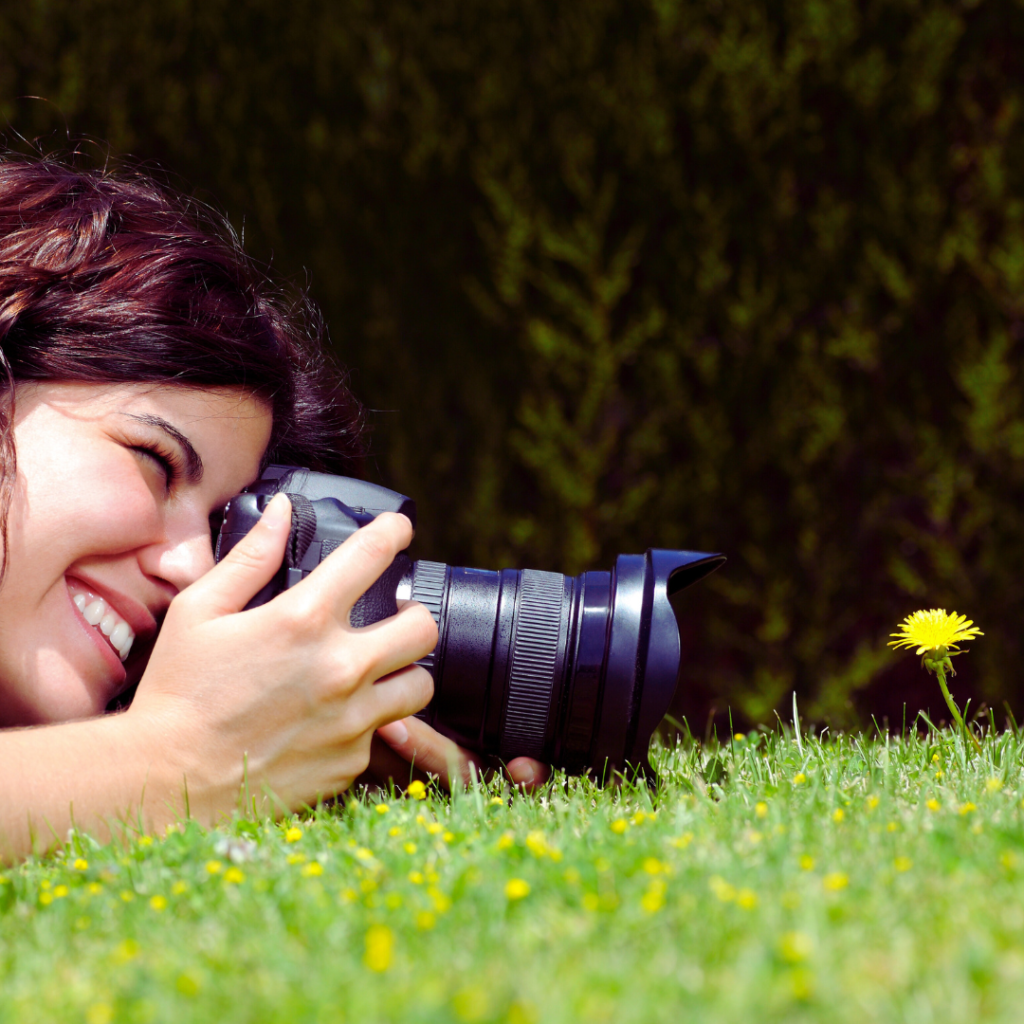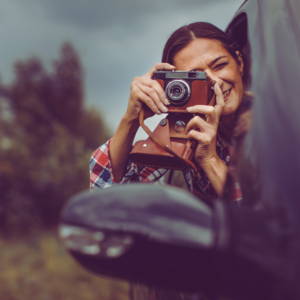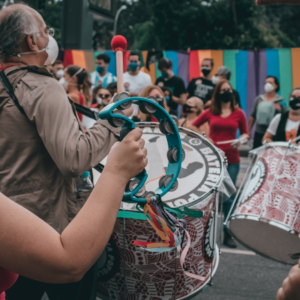Photography is a diverse art form that allows individuals to express themselves through various styles and techniques. From portrait and landscape photography to street and abstract styles, each approach captures unique perspectives of the world. Exploring different photography styles can help photographers discover their unique voices and enhance their skills.
Every photographer has the potential to create compelling images, but finding the right style can be a transformative experience. Experimenting with different genres opens up a new realm of creative possibilities, encouraging individuals to see their environment through different lenses. This exploration not only improves technical abilities but also fosters a deeper appreciation for the craft of photography.
By understanding and applying various photography styles, one can elevate their work and connect with different audiences. The journey through this artistic landscape can lead to greater self-discovery and an enriched photographic portfolio, making the effort well worth it.
Fundamentals of Photography
A strong foundation in photography involves grasping essential elements such as composition, lighting, color, and texture. These principles guide photographers in creating compelling images that effectively convey their artistic vision.
Understanding Composition
Composition refers to the arrangement of elements within a photograph. Key techniques include the Rule of Thirds, where the frame is divided into a grid, helping to position subjects harmoniously.
Leading Lines directs the viewer’s gaze through the image. The Framing technique uses natural elements to create a border around the subject.
The choice of angle can transform a scene; high and low perspectives provide varied emotional impacts.
A well-composed image draws attention and creates a story, enhancing the viewer’s experience.
Mastering Lighting
Lighting can make or break a photograph. Natural light offers softness and dynamic ranges, while artificial lighting provides control over intensity and direction.
Golden Hour, shortly after sunrise or before sunset, produces warm, flattering light ideal for portraits and landscapes.
Photographers can experiment with backlighting to create silhouettes and hard lighting for dramatic effects.
Light Modifiers, like softboxes and reflectors, help in manipulating light for specific outcomes. Mastery of these techniques allows an artist to craft mood and tone effectively.
Exploring Color and Texture
Color impacts mood and feelings in photography. Understanding the color wheel aids in creating harmonies or contrasts, influencing emotional reactions.
Complementary colors can create visual tension, while analogous colors offer a sense of harmony.
Texture adds depth and dimension to images. It can be emphasized through shallow depth of field or by using side lighting.
Photographers can also incorporate texture by capturing surfaces in detail, enhancing the tactile quality of their work. Utilizing color and texture together can elevate the aesthetic appeal of a photograph.
Diverse Photography Styles
Photography encompasses various styles, each with its unique characteristics and purposes. Understanding these styles can enhance a photographer’s artistic vision and help them communicate different stories and emotions through their work.
Portrait and Fashion Photography
Portrait photography focuses on capturing the personality and mood of individuals or groups. It can emphasize facial expressions, body language, and the subject’s environment. Professional photographers often utilize lighting, composition, and backdrop to create visually striking images.
Fashion photography, a closely related discipline, showcases clothing and accessories. It often involves collaboration with designers and stylists. The goal is to create compelling visuals that highlight fashion trends and evoke a specific atmosphere. Techniques such as dramatic lighting and specific poses are commonly employed.
Landscape and Wildlife Photography
Landscape photography captures the beauty of natural scenes, ranging from mountains to beaches. Photographers often consider elements such as composition, light, and weather conditions to enhance their images. Techniques like long exposure can reveal flowing water or cloud movement, adding a dynamic quality.
Wildlife photography focuses on animals in their natural habitats. It requires patience and knowledge of animal behavior to capture authentic moments. Photographers often use telephoto lenses to maintain distance while still achieving clarity. Both styles promote an appreciation for nature and its diverse ecosystems.
Street and Documentary Photography
Street photography captures everyday life in public spaces. It often features candid moments and spontaneous interactions. This style highlights the vibrancy of urban environments. Photographers typically focus on storytelling through images, emphasizing the atmosphere and culture of a location.
Documentary photography aims to create a narrative or convey a message about a specific subject. It often involves social issues, events, or cultural stories. Photographers work to balance artistic expression with truthfulness, aiming to document reality without manipulation. This style can evoke strong emotional responses from viewers.
Abstract and Fine Art Photography
Abstract photography moves away from traditional representation, emphasizing shapes, colors, and textures. This style invites viewers to interpret images subjectively, promoting imagination and creativity. It often blurs the boundary between photography and visual art.
Fine art photography, on the other hand, focuses on the photographer’s artistic vision. It may include various themes, from conceptual ideas to scenes that evoke emotion. Photographers carefully consider aesthetics and composition to create pieces that resonate on a deeper level. This style elevates photography to an art form, often showcasing work in galleries or exhibitions.
Technical Aspects of Photography
Photography involves various technical elements that enhance the final image. Understanding concepts like digital manipulation and long exposures can significantly influence a photographer’s unique vision and technique.
Utilizing Digital Manipulation
Digital manipulation plays a crucial role in modern photography. It allows photographers to enhance images beyond what the camera captures. By using software like Adobe Photoshop or Lightroom, they can adjust color balance, contrast, and sharpness to achieve the desired effect.
Techniques such as layering, masking, and retouching can dramatically alter a photograph. For example, a photographer may combine multiple exposures to create a high dynamic range (HDR) image. This technique brings out details in both shadows and highlights, resulting in a more balanced image.
Color correction and composite images expand creative possibilities, enabling the artist to give a unique perspective on the subject. This manipulation can also serve artistic visions, transforming reality into something more expressive.
The Role of Long Exposures
Long exposures are essential for capturing movement and light in photography. This technique involves using a slow shutter speed, allowing light to gather on the sensor for an extended period. Photographers often use this method for landscapes, night scenes, or to create light trails.
For example, a long exposure to a waterfall can create a silky-smooth appearance, contrasting against the stillness of the surrounding landscape. Conversely, it can be used to convey motion, as seen in traffic or waves crashing against rocks.
Settings like aperture, ISO, and shutter speed must be carefully balanced for optimal results. A tripod is often necessary to maintain stability and clarity during the exposure. Mastering this technique allows photographers to express movement, depth, and emotion, enriching their visual storytelling.
Photography as Expression
Photography serves as a profound medium for personal and creative expression. It allows the photographer to communicate emotions, capture fleeting moments, and showcase their unique artistic vision through various genres.
Capturing Candid Moments
Candid photography focuses on capturing authentic moments without staging or posing. This style emphasizes the spontaneity of life, showcasing real emotions and interactions.
When individuals engage in candid photography, they become observers, waiting for the perfect instance to unfold. For example, capturing laughter between friends at a café or a child’s expression while playing can evoke a sense of timelessness that posed images may fail to convey.
Techniques for capturing candid moments include:
- Being unobtrusive: Using longer lenses and staying at a distance helps maintain the scene’s natural authenticity.
- Timing: Anticipating moments and being ready to snap the shutter at the right instant is crucial.
- Environment: Selecting scenic locations enhances the narrative behind each candid shot.
Conveying Emotions and Stories
Photography transcends mere visual representation; it conveys deep emotions and narratives. Visual storytelling invites viewers into the photographer’s perspective, allowing them to experience an array of feelings.
Different genres, such as lifestyle photography and environmental portraiture, excel in this regard. They reflect personal experiences, relationships, and cultural contexts. By thoughtfully composing images, a photographer can illustrate a story that resonates emotionally with the audience.
Key elements for effective storytelling through photography include:
- Composition: Utilizing leading lines and framing guides the viewer’s eye and emphasizes focal points.
- Lighting: Natural light or dramatic shadows can greatly influence the emotional tone of a photograph.
- Subject Matter: Selecting subjects that embody the intended emotion reinforces the overall message.
Developing a Unique Style and Voice
A photographer’s unique style and artistic voice distinguish their work in a saturated market. This individuality emerges from personal experiences, preferences, and the genres the photographer engages with.
Experimenting with various photography styles like food photography, product photography, or still life photography allows for the exploration of different aesthetics. Each genre requires a particular approach, helping photographers refine their vision and technique.
To cultivate a distinct artistic voice, photographers should consider:
- Consistent themes: Exploring similar subjects or concepts helps in creating a cohesive body of work.
- Editing techniques: Developing a signature editing style can enhance the visual identity of the photographs.
- Engaging with communities: Joining discussions with fellow photographers stimulates creativity and can spark new ideas.





